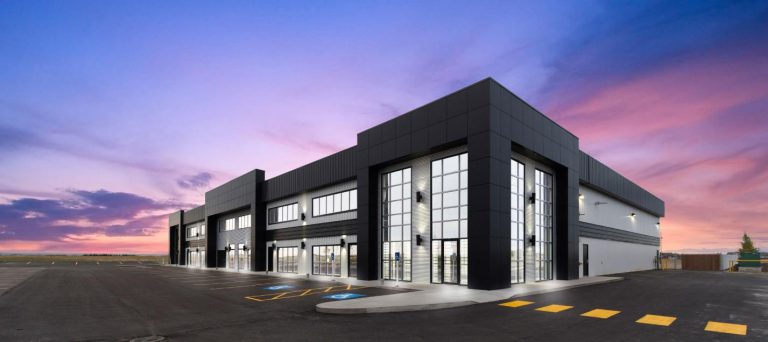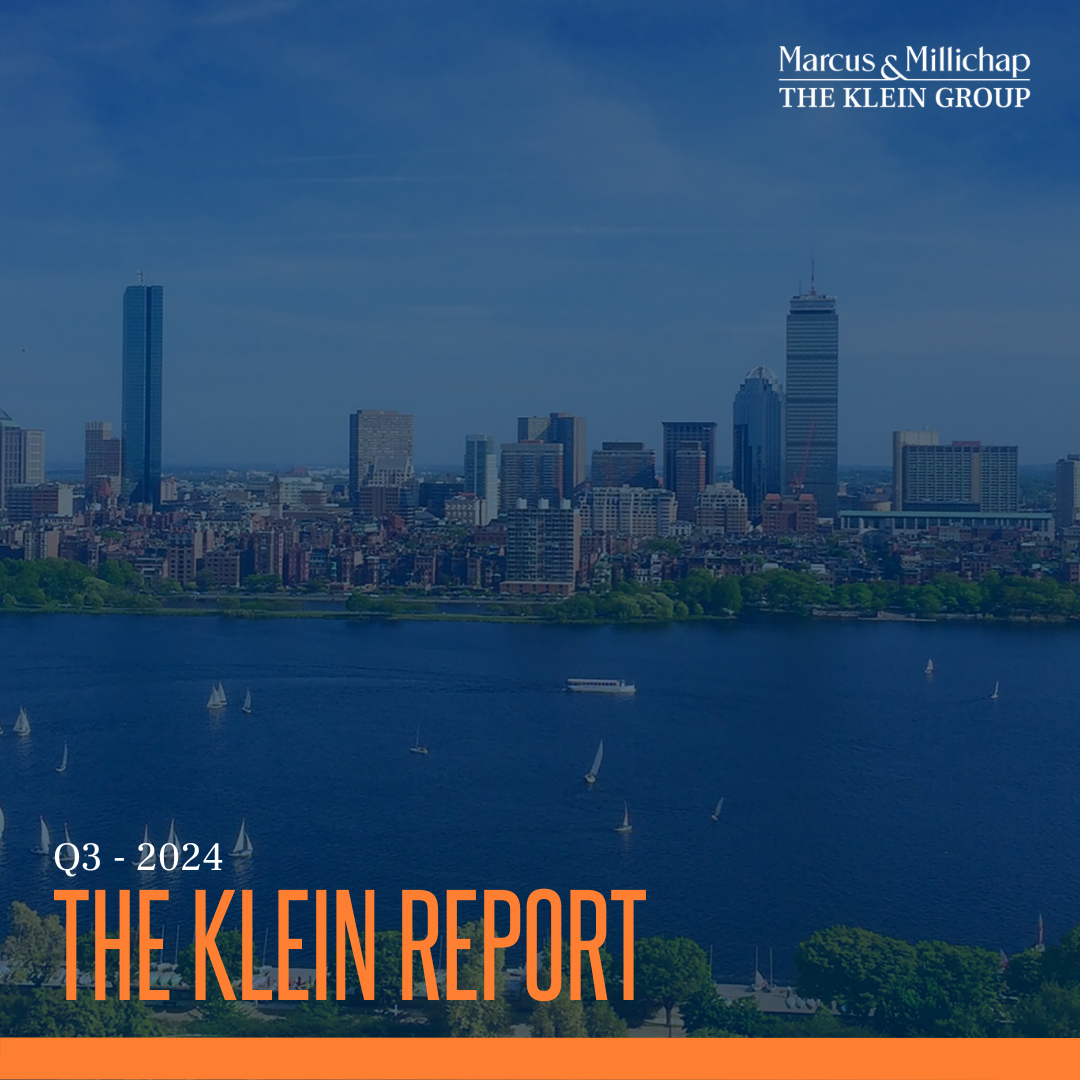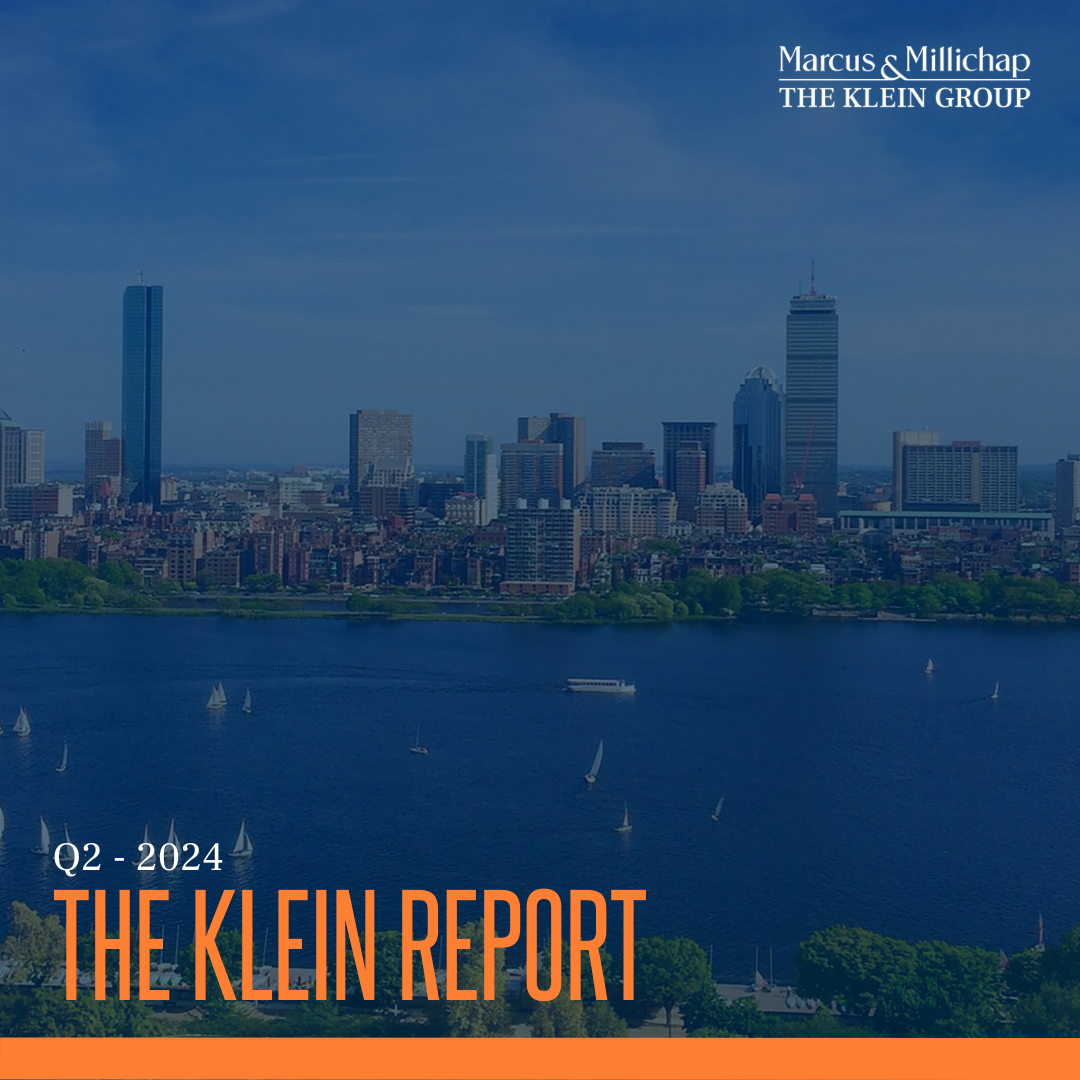Also known as office/warehouse, this product type consists of warehouse buildings with a higher percentage of office space. Flex product typically contains between fifteen and fifty percent office space. To support this office space, they are typically built with more parking than traditional warehouse buildings and inferior trucking infrastructure. Many buildings constructed in the 1970s through early 1990s were purpose–built with significant office space to house administrative uses. Typical office use within these buildings was reduced dramatically during the twenty–first century. This is due to the impact of computers replacing administrative staff and mergers/acquisitions resulting in management/sales jobs being moved off–site. Today, most investors and tenants prefer to have 10% or less office space in an industrial building. This creates a contrarian opportunity for those investors targeting tenants that desire more office space.
Advantages: Flex buildings typically trade for 6.0%–7.25% cap rates, representing a 100+ basis point discount to distribution facilities. This higher yield means that flex investors are not as dependent on rent growth to generate long–term yield. The exceptionally high cost of developing flex buildings can act as a barrier to entry, making it unlikely that new product puts downward pressure on rents. While modern distribution buildings feature 30+ foot clear heights, offering a significant benefit to tenants, flex product has changed little in twenty years. Many flex assets have multiple, smaller tenants, diversifying vacancy risk.
Disadvantages: Often flex buildings are occupied by single–location companies with minimal credit. Higher operating and tenant improvement costs are standard with flex buildings due to the increased office space. Clear heights may be lower in the office areas limiting the ability to convert this space for warehousing to meet market conditions. Much of the demand driving industrial rents are coming from distribution uses, flex buildings don’t target this group. If flex buildings do not have the proper infrastructure to meet modern needs, they may be difficult to lease up. Significant mezzanine space, lack of parking, very low clear heights (sub 16 feet), and
lack of adequate utilities are all red flags.
Ideal Buyer: Flex buildings are ideal for family offices, syndicators, and private capital looking for predictable yields not reliant on heavy growth models. Quality flex buildings in good markets are available in the $1–$50 million range. These buildings offer an excellent entry point for newer investors who are struggling to acquire traditional industrial buildings. The higher yields on flex products generally allow for traditional 75% LTV loans, day one cash flow, and room for reserves. Tenant improvement budgets and vacancy downtime will generally be higher than in traditional industrial space. As such buyers should either target long–term lease commitments or budget for vacancy/TI expenses.




